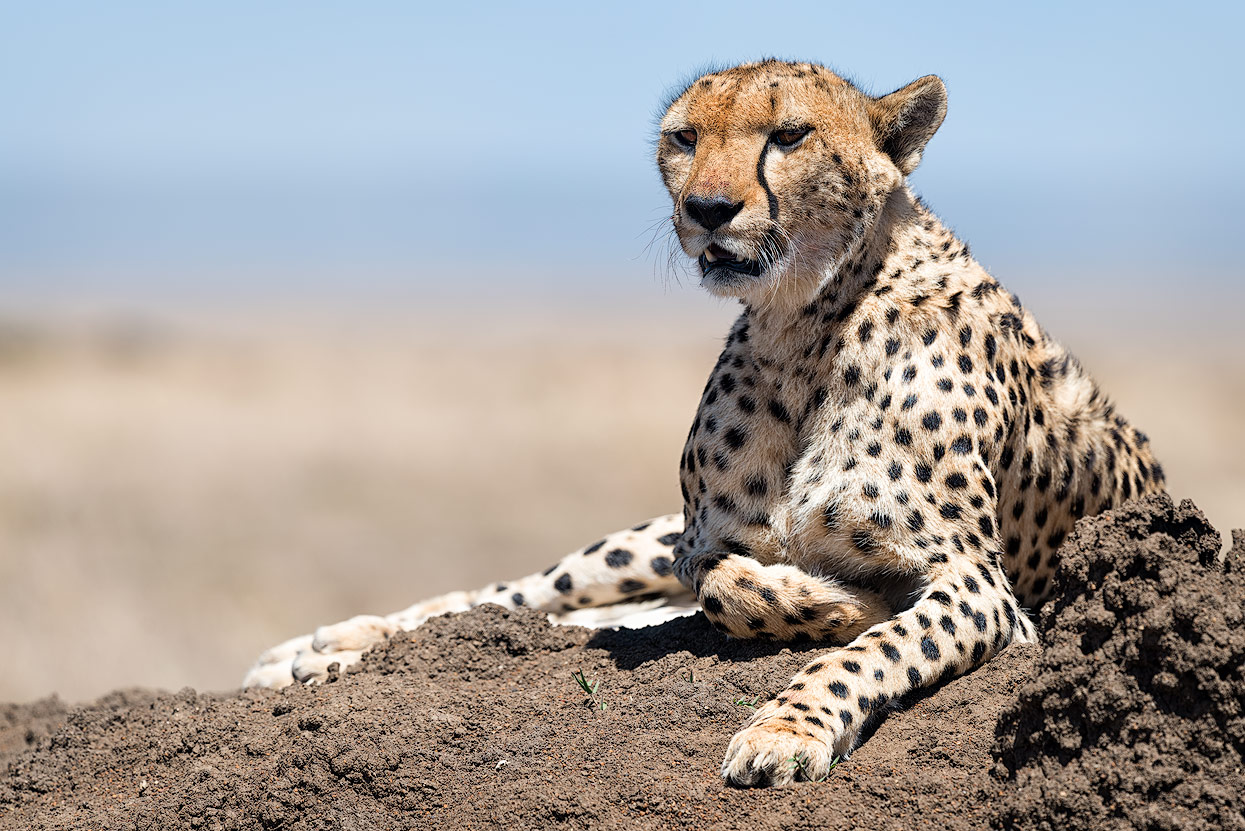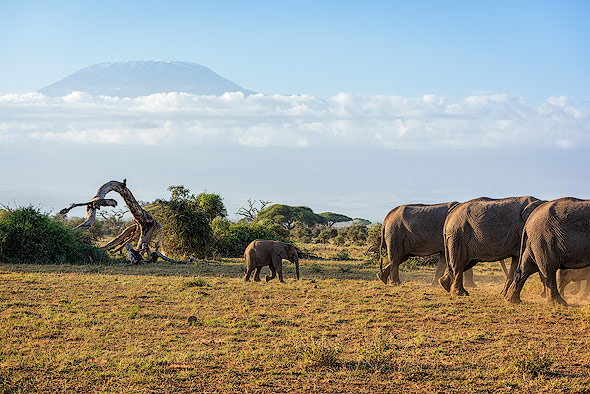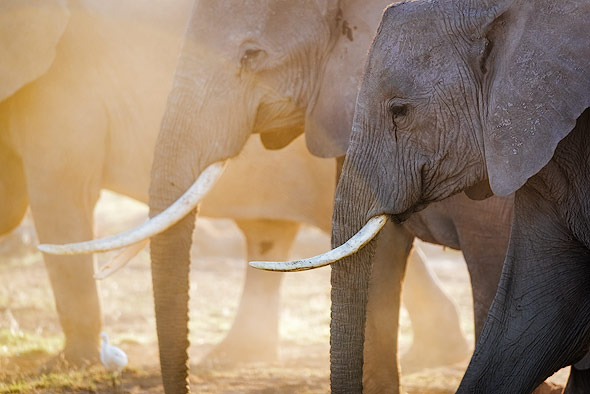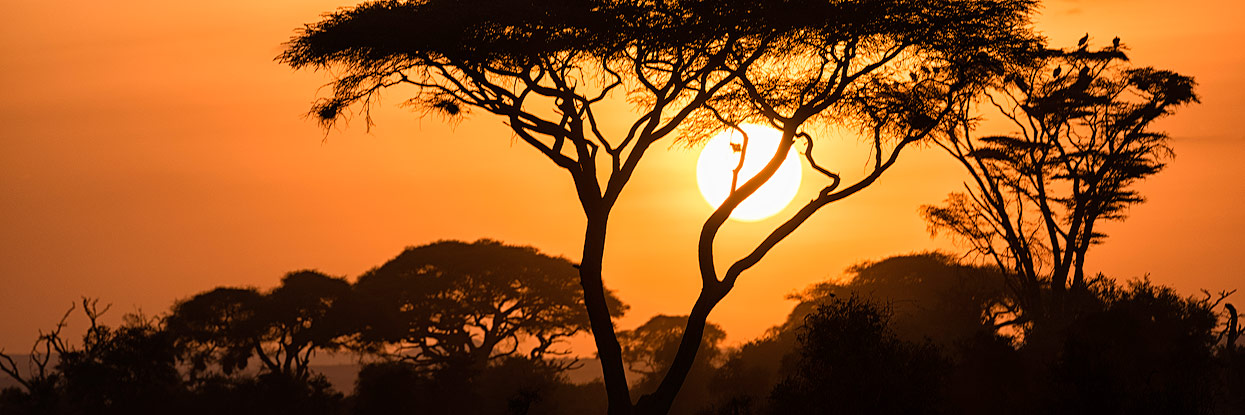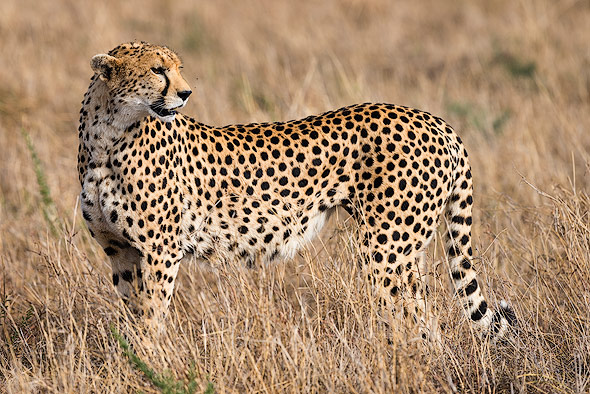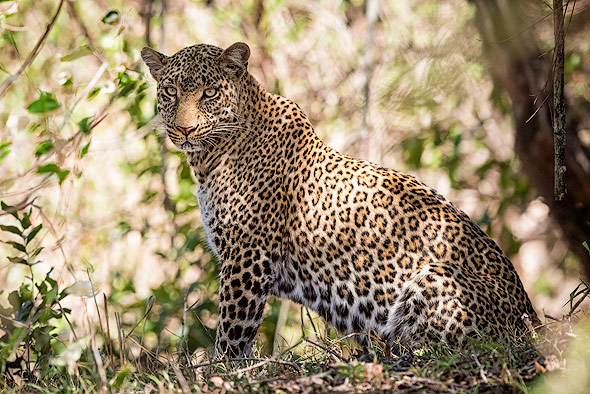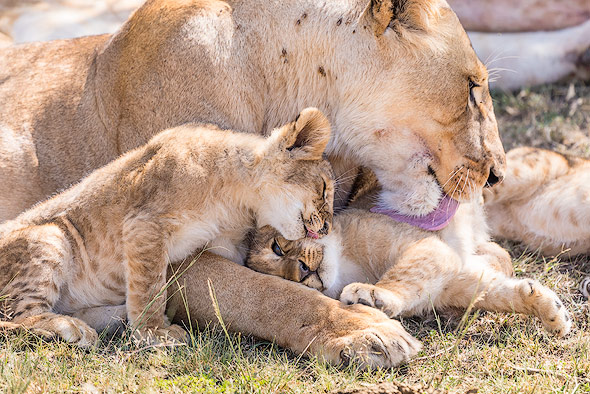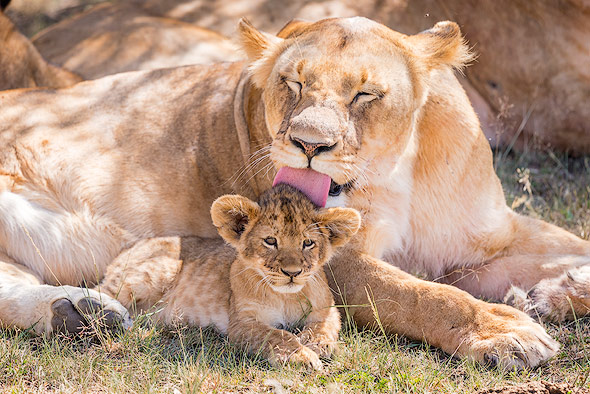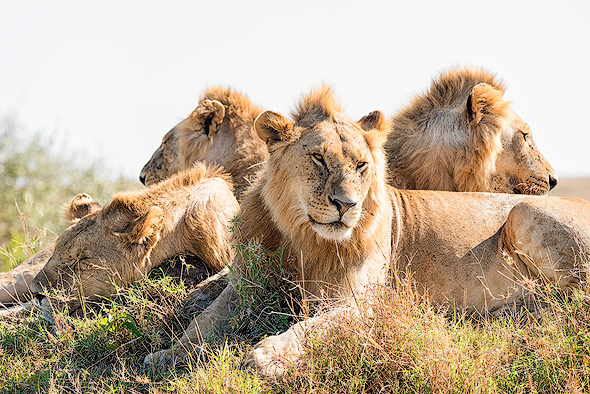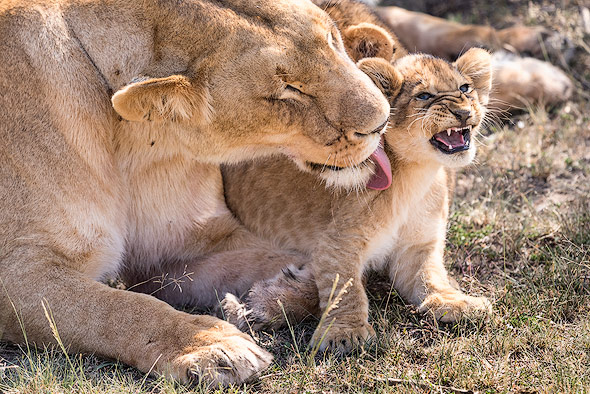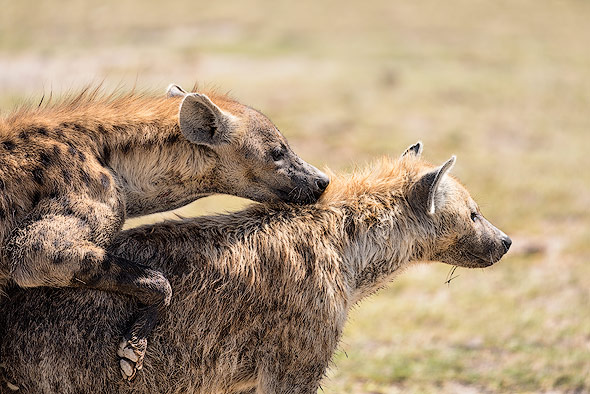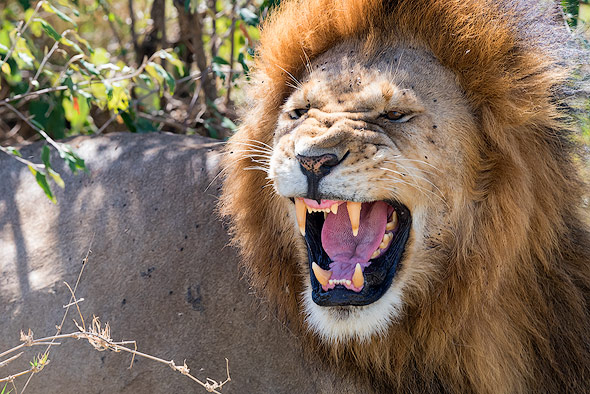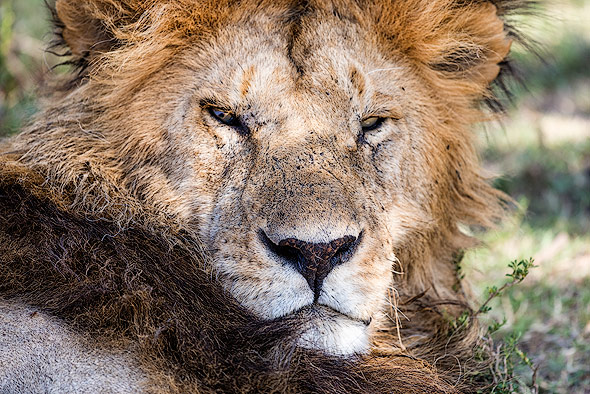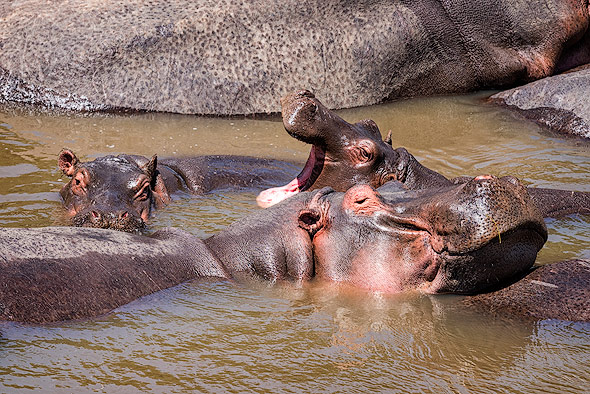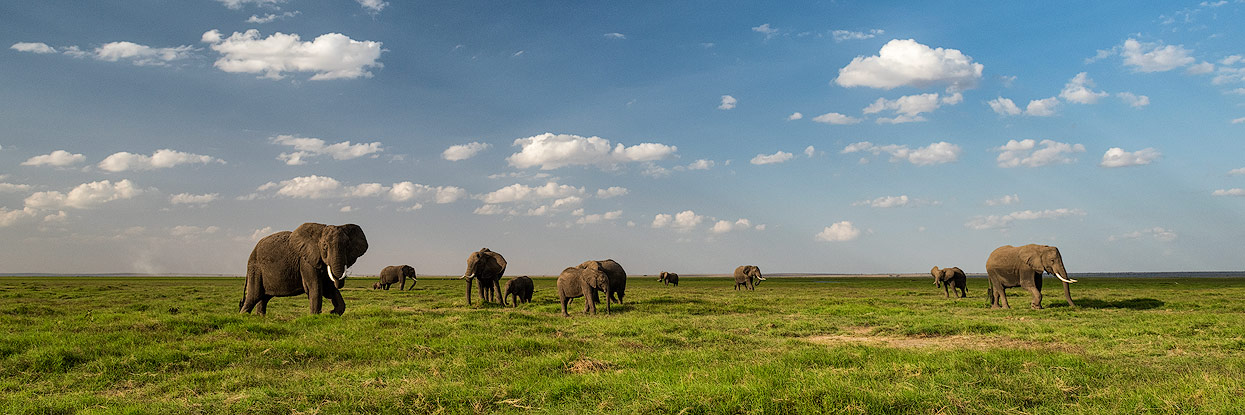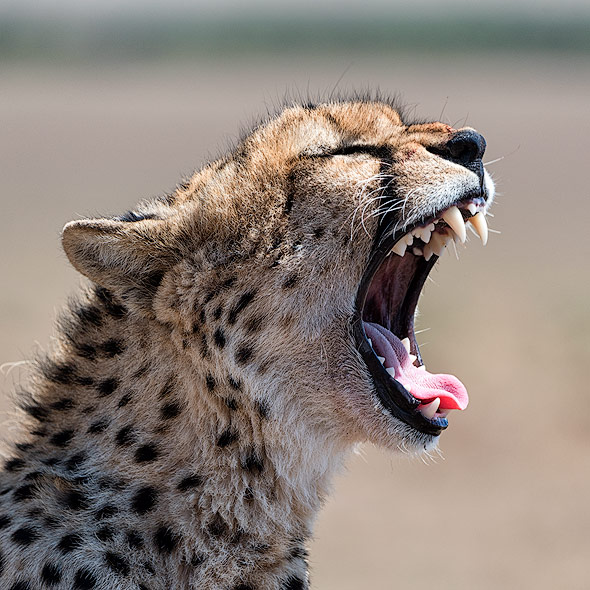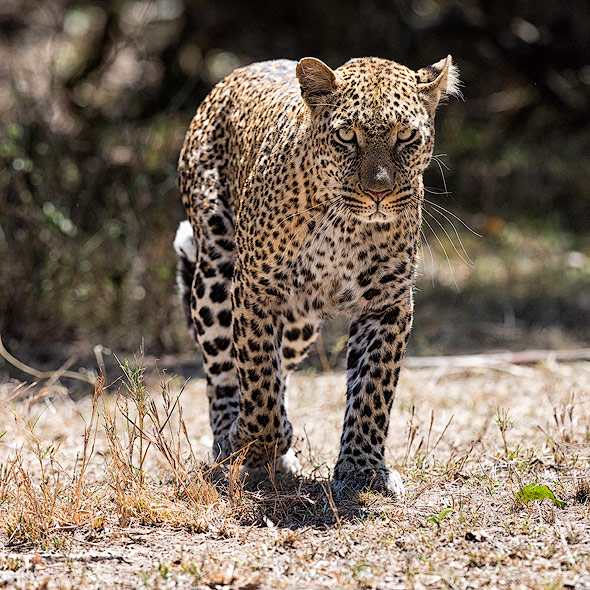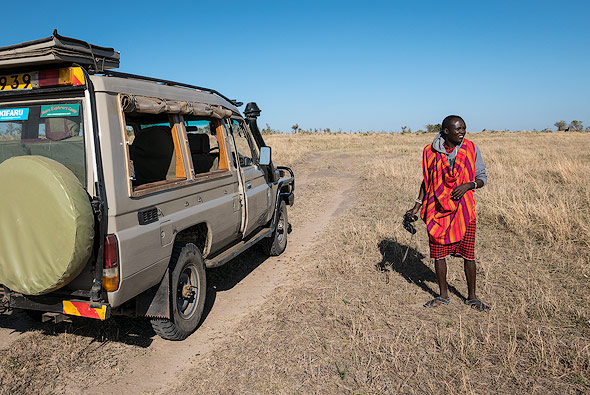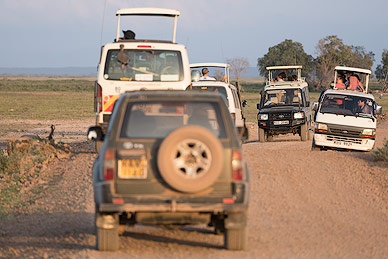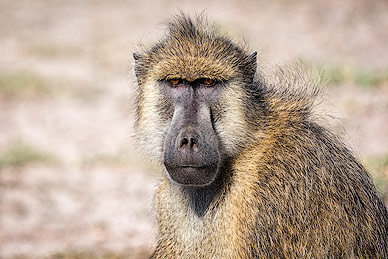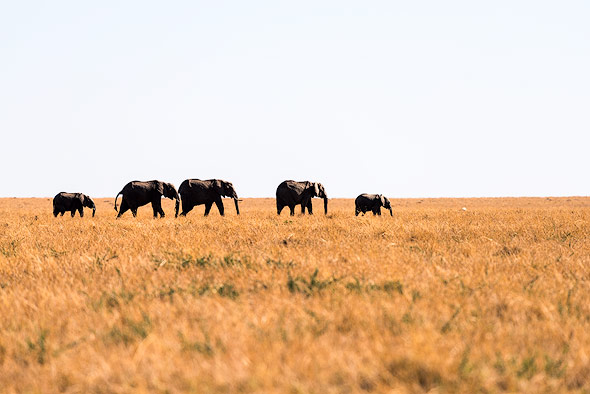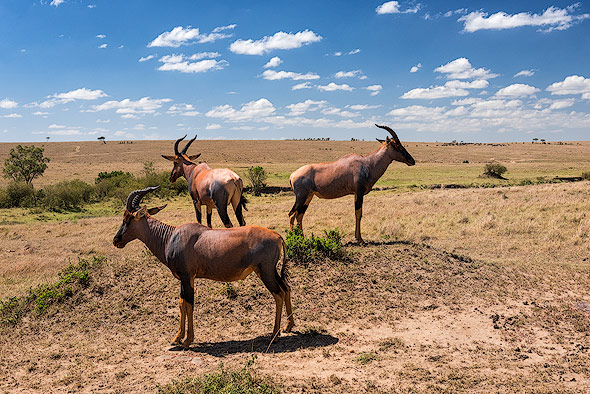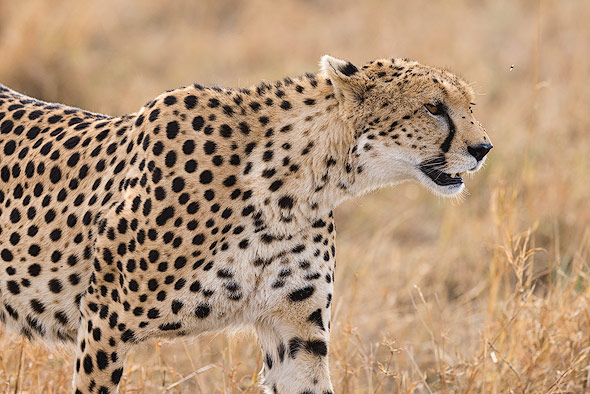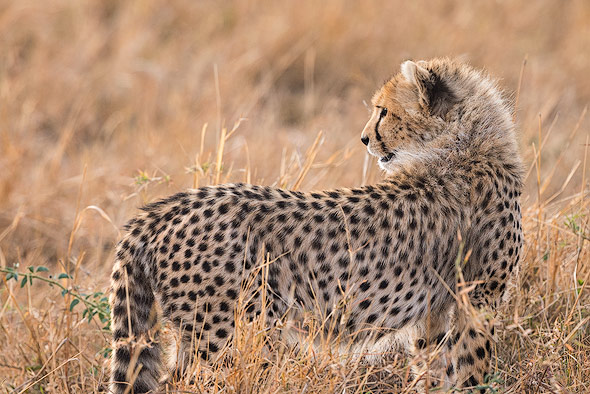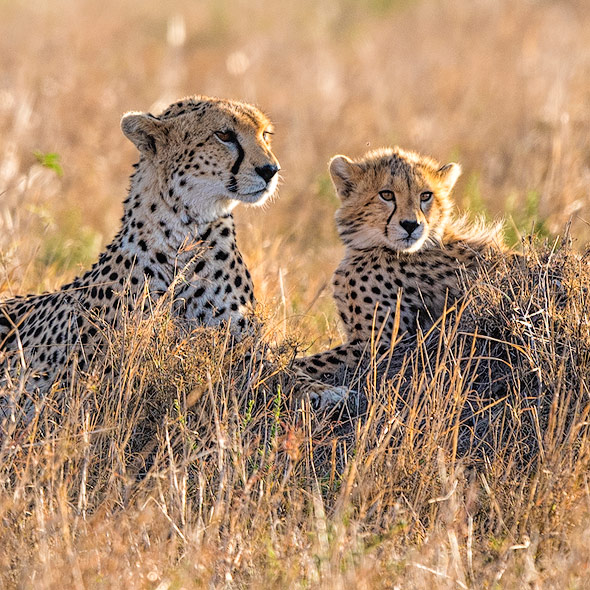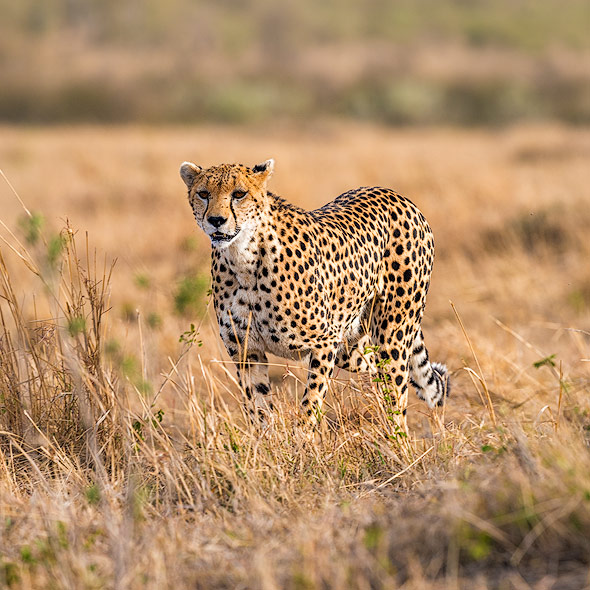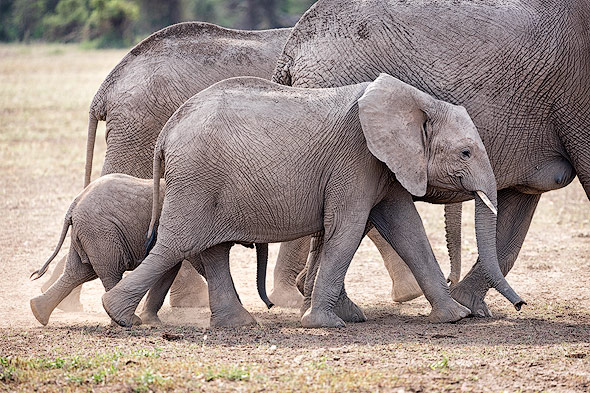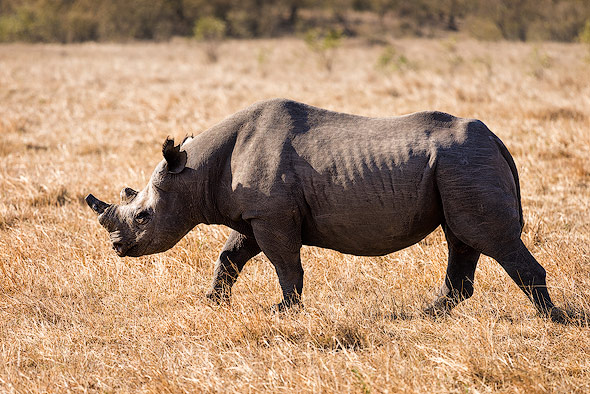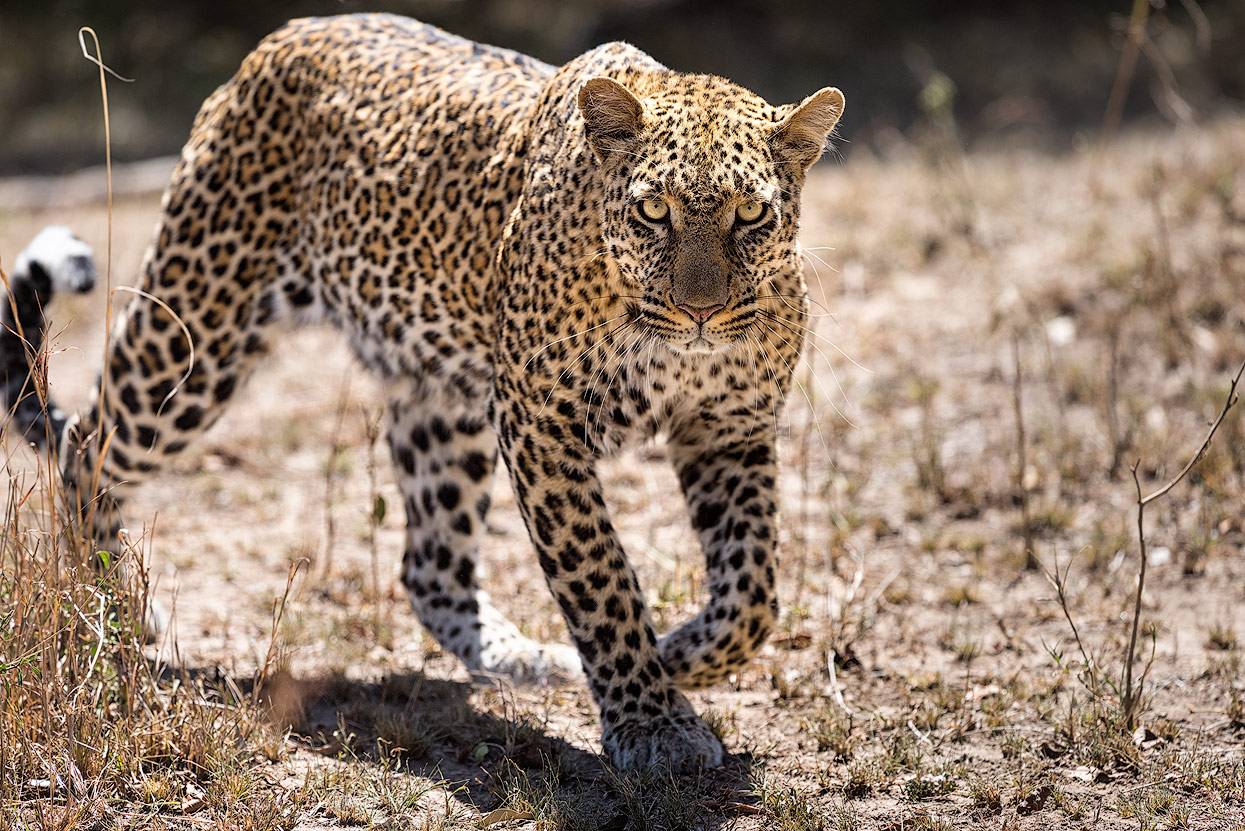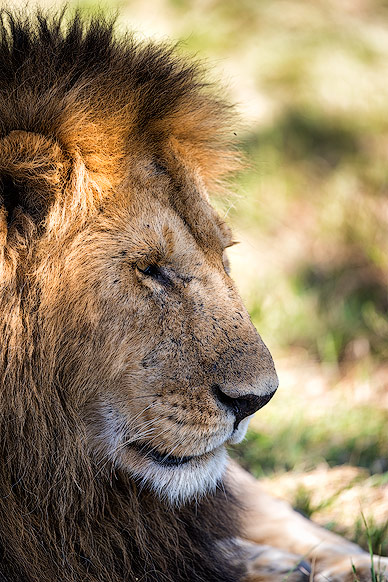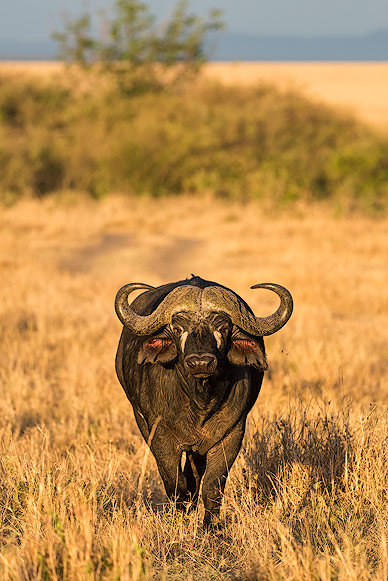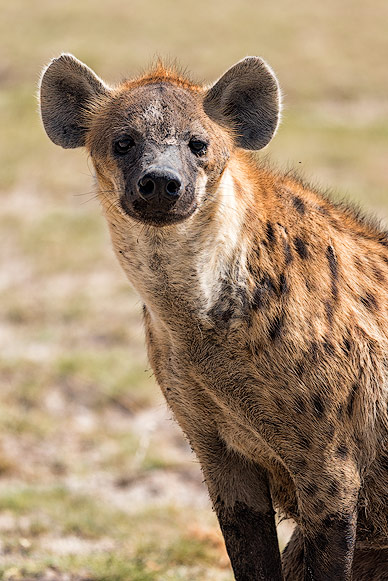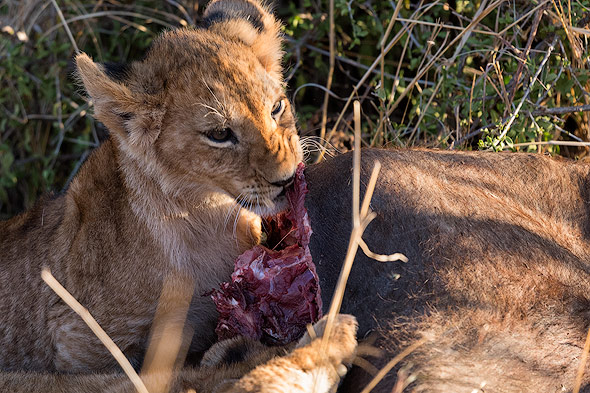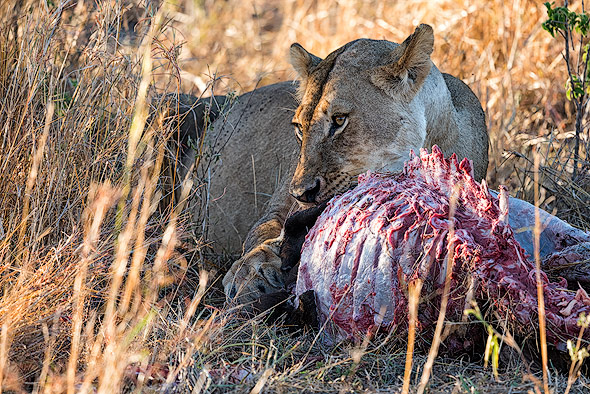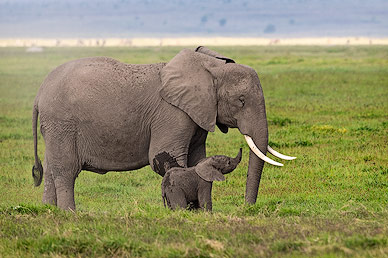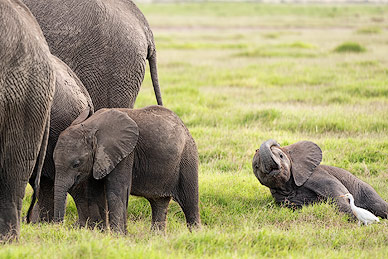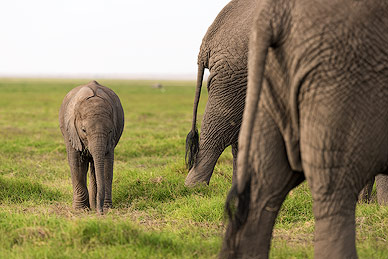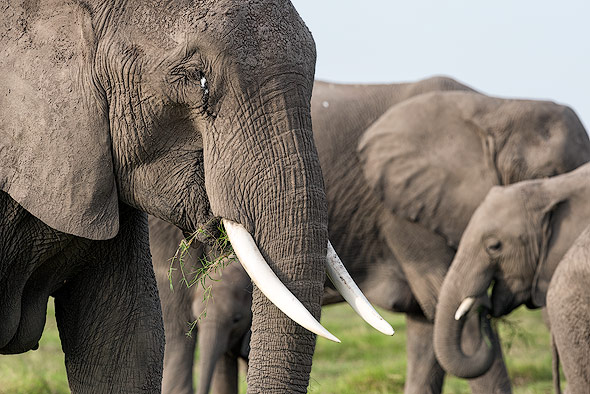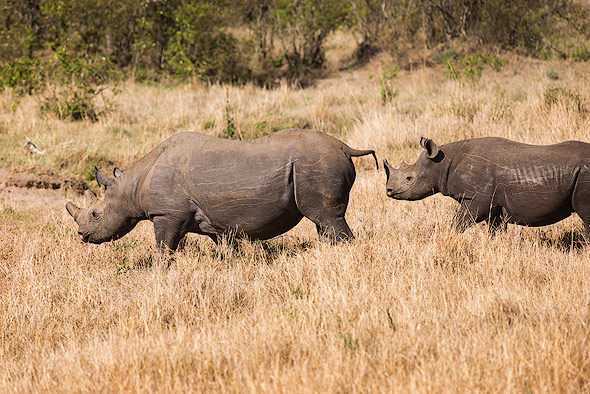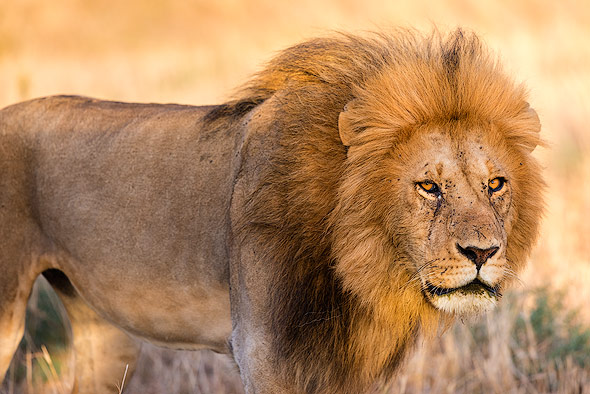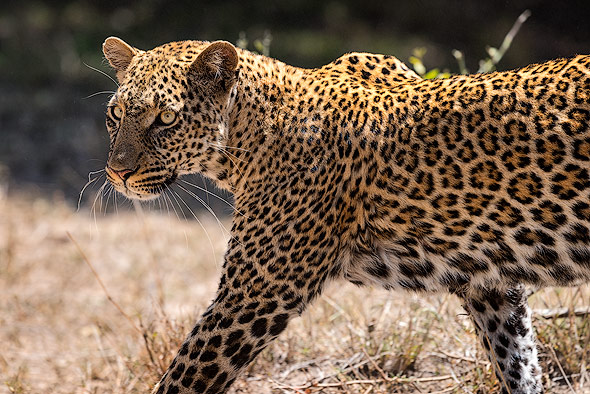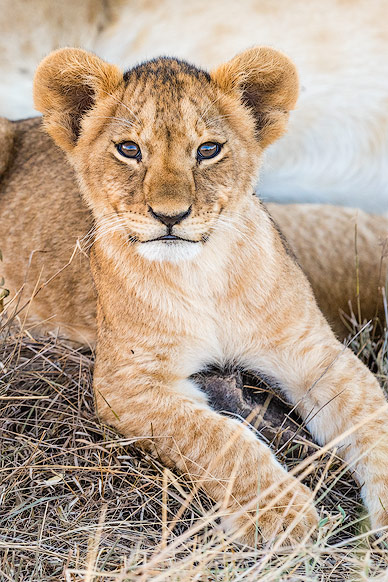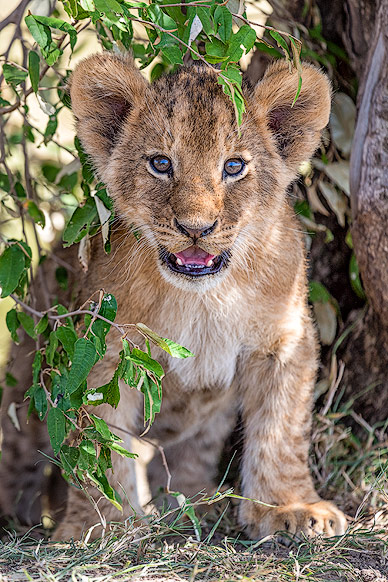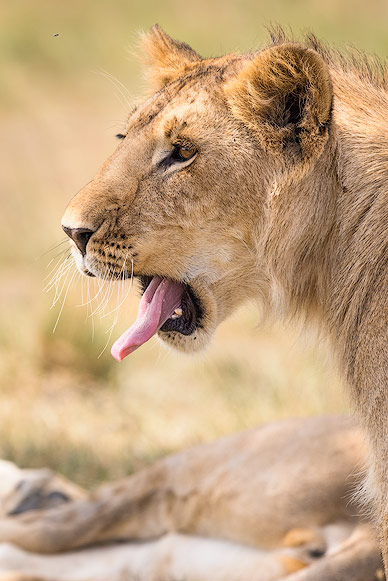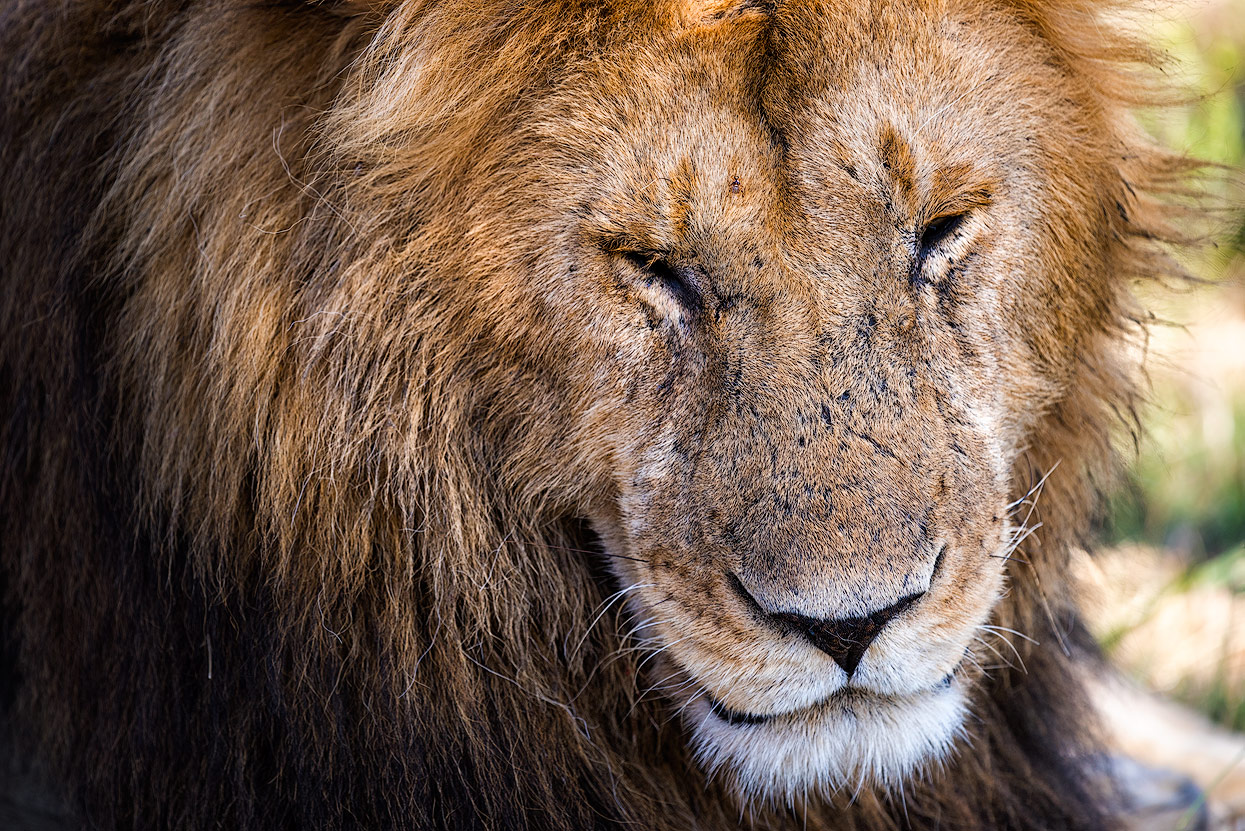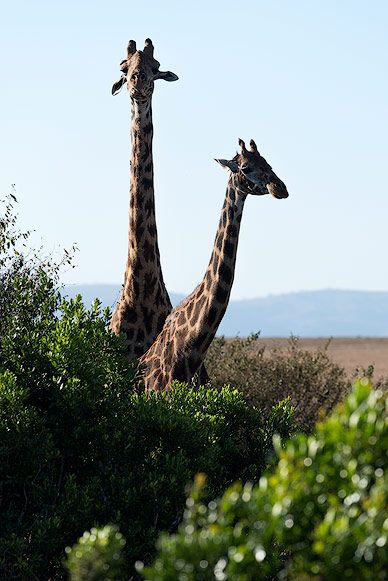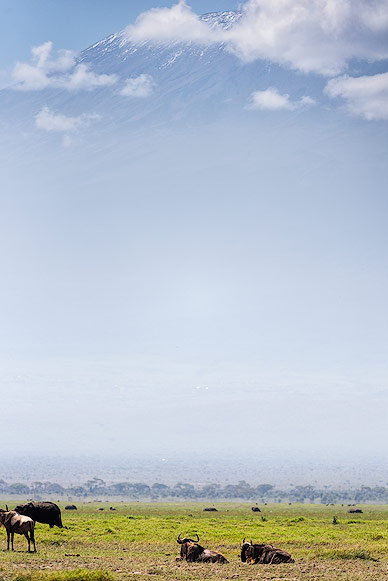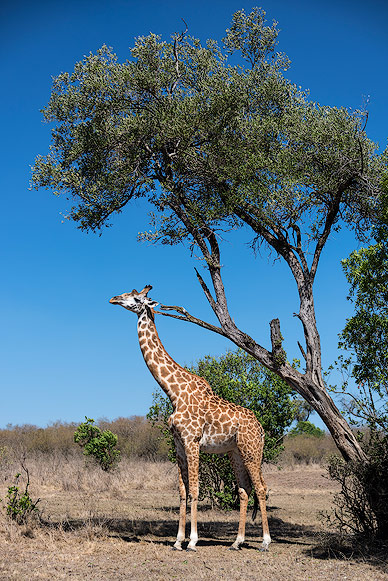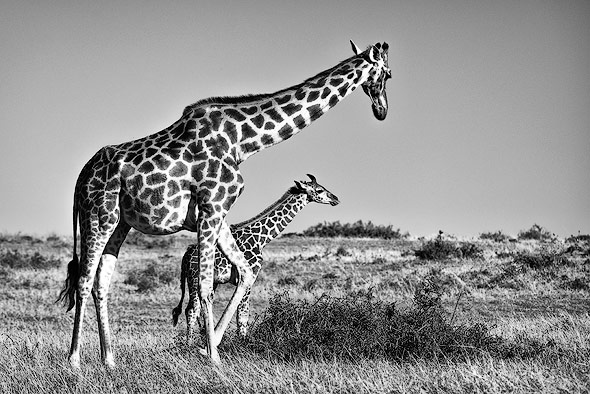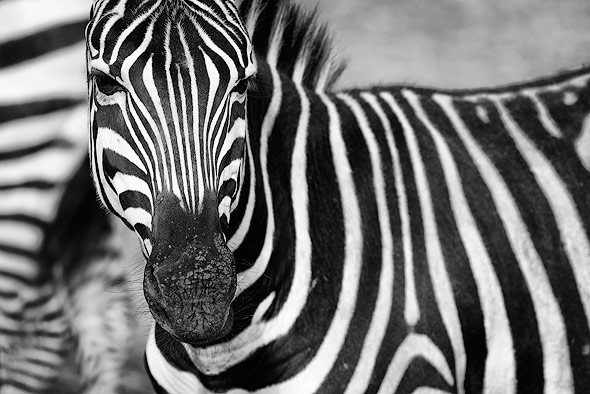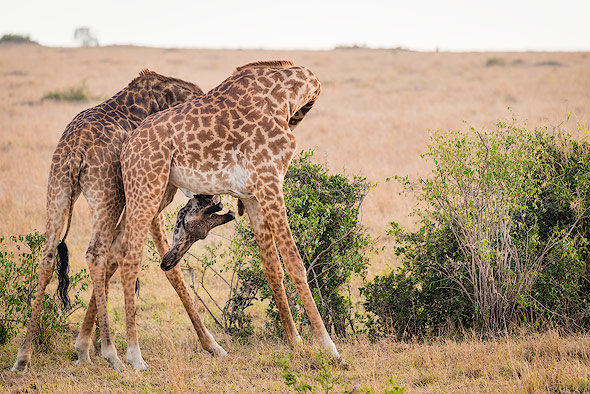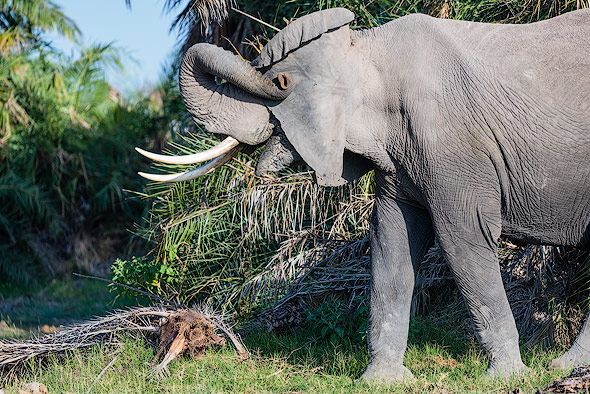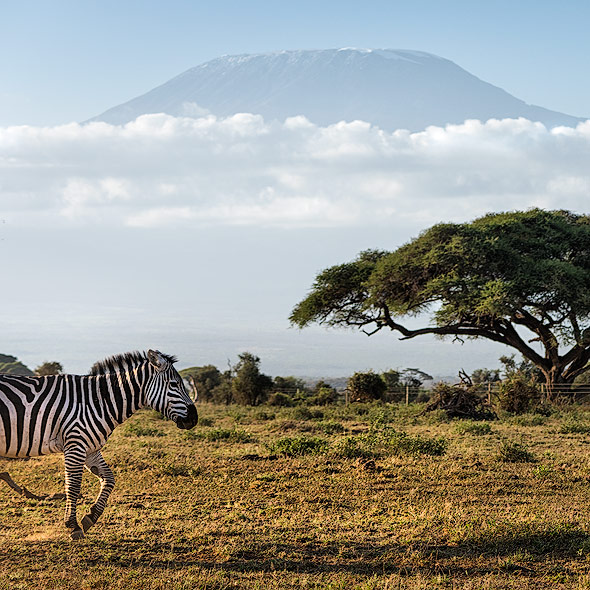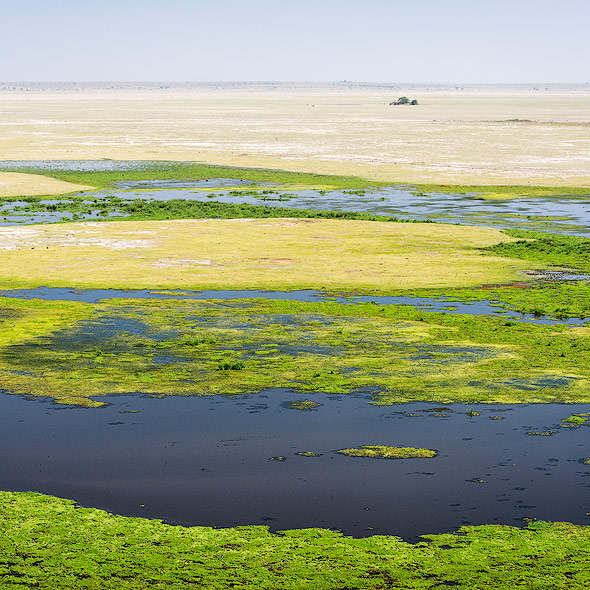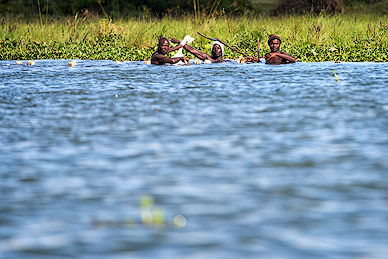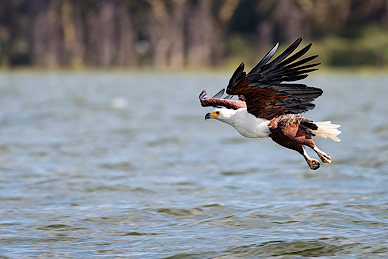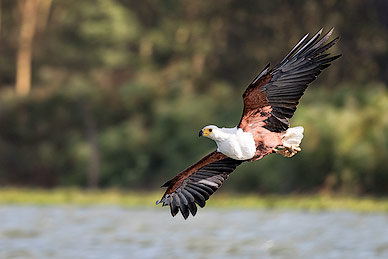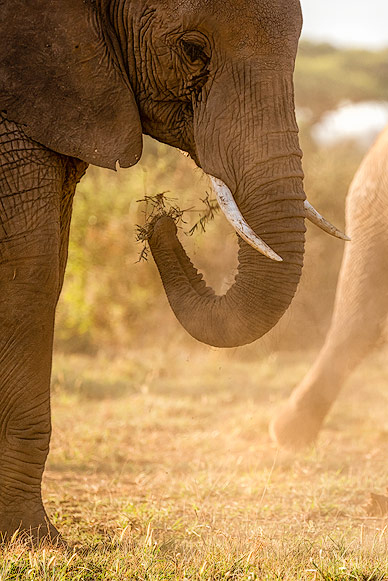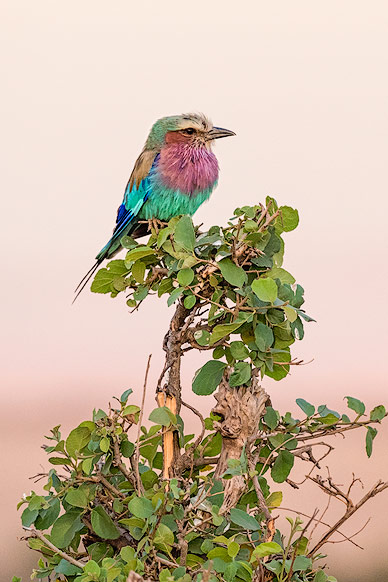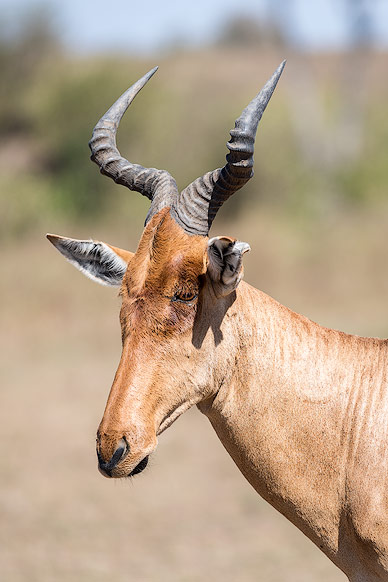On Safari in Kenya
I planned and booked my trip in November 2016 on short notice, just 6 weeks before departure. I wanted to plan my eight days as efficiently as possible. It helped me that I was already on numerous safaris and I am very well versed in this profession.
National Parks & Game Reserves
Although Kenya is one of the most popular wildlife countries, I have not yet visited the national and nature parks in the East African country. I wanted to change that, especially the Amboseli National Park and the Masai Mara I wanted to visit.
Amboseli
The Amboseli National Park is famous for its many elephants and the breathtaking views of Kilimanjaro. Although Tanzania’s highest mountain is situated in Africa, the best view is from Kenya. The Amboseli National Park is located on the Kilimanjaro, pretty much at its base, and in between there is only the national border. The national park got its name from the lake of the same name, but it is rarely filled with water. The region is known for its dry climate.
Masai Mara
In contrast to Amboseli, Masai Mara is not a national park, but a nature reserve. It is part of the Serengeti and bordered directly to the Serengeti National Park in Tanzania. The Masai Mara is known for its high animal population, especially during the Great Migration, the wildebeest migration through the dangerous rivers. This is the time during which the crocodiles are able to fill their bellies so much that many of them do not need any further food until the next „Great Migration“.
Tour Operator
If you have chosen the time of travel and the park, you will have to find a good tour operator next.
A good overview can be found on safaribookings.com and yourafricansafari.com.
Comfort
A safari trip is usually an expensive adventure. The travel agencies advertise the best lodges with European luxury comfort. For Honeymooners, of course, this may be nice, but for a photographer the lodge plays a subordinate role. I do not need a pool or a huge breakfast buffet, if I’d rather want to spend my time on game drives anyway. That is why I usually have a simple tent. However, it is not easy to find cheap, trustworthy and good deals of this kind.
INDIVIDUAL, GROUP OR PHOTO JOURNEYS
A group trip was not for me. On the one hand, I wasn’t flexible in terms of time, on the other hand, it is highly recommended to have your own vehicle and guide as a photographer. This makes you flexible and you can also linger for several hours while watching a single leopard. This would be unthinkable in a group.
Most photor journey offers cost around $5000 per week. I’d rather invest this money into the camera equipment or for another trip. In addition, such a photo journey is often nothing more than a group trip with a horde of photographers. For a wealthy photography novice, these offers may fit, but I personally prefer my own guide and my own vehicle.
SELECTION CRITERIA FOR PHOTOGRAPHERS
The following are the most important facts and questions for a photographer who does not want to compromise (but has a limited budget)
INDIVIDUAL TOUR
Some vendors only perform tours for two people or more. How flexible is the tour operator? Can you adapt the standard tours to your own needs?
IS THE TOUR OPERATOR TRUSTWORTHY?
The advance payment for the tour should be a maximum of 15% for a booking.
How are the ratings on TripAdvisor.com? Is the provider active on SocialMedia? Where is the company’s headquarters? Does the tour operator have his own website? Are there photographs of the employees / owners on the website? Is there a contact form? Do you have to wait more than three days for an answer? Is the answer satisfactory or is the mail difficult to understand? It is best to send some inquiries about the contact forms of potential suppliers to test their response time and the quality of their response.
VEHICLES
For me there are only two acceptable vehicle types: Landrover and Landcruiser! Both excellent 4×4 vehicles, which are ideal for Game Drives. Minibuses should be avoided, because they are completely unsuitable for shooting.
I’ve seen several times that a driver refuses to stop the engine. This should also be clarified beforehand with the tour provider. A vehicle vibrating through the engine makes sharp photos impossible – because the best image stabilizer on the lens is of no use. Practically all safari vehicles have a roof hatch and open windows. A filled Beanbag can be used as a camera tray.
Now there are individual providers, which perfectly meet the needs of the photographers. For example, they have the doors and seats dismantled, so that even smaller animals can be photographed at eye level. Or they have already mounted camera shades and upholstery. The best vehicles in the Masai Mara are offered by the guys from Freeman Safaris. They also have experienced drivers and guides who know about the special photographer needs better than anyone else.
Tour Guide
Does the tour operator provide an experienced guide? He usually already has experience with photographers. So he knows the importance of the sun and can judge which angles are ideal.
An example from an earlier trip: In beautiful evening light we discovered a cheetah (Cheetah), who sat upright and slightly elevated on a mound of earth and was set perfectly to the light. Unfortunately our driver had not realized this because he drove directly between this sun and the cheetahs. By the time I had cleared his throat, and he was able to put the vehicle in a different position, the cheetah had already laid down. Too bad, that could have given a beautiful photo …
In the Masai Mara it is helpful if the guide / driver is a local Masai, who speaks the language and knows the people in the park. Those who leave the streets in the park are charged $100 according to the law. Now, of course, you have to leave the roads for some shot every now and then. Fortunately, my local driver (unless there were other vehicles behind or in front of us) was pretty casual regarding this directive. Otherwise I would not have been able to take a photograph of a leopard from the front.
In addition, it should be clarified whether full-day game drives are included. To me full-day stands for the 12 hours between sunrise and sunset. Most animals are easier to spot in the early morning or towards the evening, as well as enjoying the beautiful and warm light of these days. Many tour operators treat full-day as a time frame between 7 am and 4 pm, but with such a schedule you will miss the most active time of the animals.
Very important: A tip is always good! Guides receive about ten euros a day, drivers five euros. But I like to give more, if the guide does a good job, because money is – of course even in Africa – a great motivation factor.
COMMUNICATION
The search and finding of animals (especially felines) is enormously difficult. Without communicating with other vehicles, chances of being in the right place at the right time will be low. Therefore, a tour operator should be in permanent contact with the other guides in the park, usually via radio contact.
KILOMETER LIMITATION
I have heard of tour operators, who limit their guides with a kilometer limitation. This is, of course, an absolute „no-go„! A leopard that’s been spotted can be a good two hours away and any kind of limitation will limit the chance of getting such animals in front of the lens. Therefore it should be clarified whether the guides / drivers are allowed to drive unlimited kilometers.
DOES IT HAVE TO BE IN THE PARK OR CAN IT BE OUT OF THE PARK?
In all parks there are so-called „Gates“, where one acquires the parking permit. The gates in Masai Mara are opened after 6am and close shortly after 6pm. We were there too late a few times, but fortunately no one charged us (see also „guide“).
Now there are lodges and camps within the park and those that are a few kilometers outside. If you have a big travel agent, choose the best lodge in the middle of the park, ideally at a river (such as the Mara, the Talek or Olare Orok River). Unfortunately, these lodges do not seldom cost $600 or more per night. If you can not afford it, choose a lodge or camp outside the gates. This has the disadvantage that you have to go a little further until you are really in the park, and that you should keep to the opening times of the gates.
Ultimately the safari experience is the same however, whether one in or outside the gates. For the guests of the $$$ lodges also ride around the park with vehicles and are looking for wild felines.
FLY-IN SAFARI
In the Masai Mara there are several small landpins for airplanes. A flight from or to Nairobi costs around $300, but a problem for photographers is the luggage limit of +/- 15kg. Either book a cargo seat for your luggage or arrange your own luggage transport with the lodge / camp. Both variants are possible, but unfortunately not quite cheap. The journey by land is much cheaper, from / to Nairobi it takes about 4-5 hours.
BUSH CAMPING
Many providers offer a Bushcamping. Camping amidst the park promises not only adrenaline, but also unforgettable experiences. Especially the impressive noise all around shows that you’re in the middle of the wilderness. By the way, food should never be stored in the tent – most animals smell very well and have a great appetite! It is advisable to go to the toilet once more before dark, because at night you do not want to leave the tent if possible.
PHOTOGRAPHING ON SAFARI
CAMERA AND LENS
I take pictures with a Nikon D810 and a D750.
For the safari I have rented the Nikon 80-400mm as a lens and bought the 300mm f4. In addition my 24-70mm f2.8 and the 14-24mm f2.8 (for landscape, night and star pictures) were also part of the journey.
The new version of the 80-400mm lens could not meet my expectations with regard to sharpness and quality, which is why I can not recommend it for animal photography. The Nikon 200-500mm I could not test yet, however the test results (and these lie rather below the 80-400mm) do not exactly seem positive to me.
The 300mm f4 however I used even more. This lens is really sharp and it was huge fun to take pictures with. Another advantage is the weight: it is very light and fits perfectly in the hands. This allows you to work quickly, which is essential on safari.
A 2nd or even 3rd camera body is highly recommended. Due to the dust (and yes, it was really dusty) you would want to avoid a lens change as much as possible, because this would lead to an immediate sensor cleaning. It is best to take at least two camera bodys, which cover the focal range of approx. 70-400mm (or more). All cameras should be adjusted to the exact local time.
I like to work with fixed focal lengths and am convinced of their sharpness and image quality. For the next safari I could imagine to work with three fixed focal lengths (85mm, 200mm, 300mm) and three cameras or a 24-70mm f2.8, 70-200mm f2.8 and the 300mm f4. A focal range longer than 300mm (at least f4) I will probably not be able to afford for the next safari.
With a Nikon D500 (DX instead of FX sensor) the 300mm becomes a 480mm lens, which would even satisfy the bird lovers. In the Masai Mara one comes quite close to the animals and therefore I was pretty satisfied with the 300mm. A longer focal length, in turn, would place higher demands on the vehicle (lens mountings, etc.).
CAMERA SETTINGS
I was fortunate that a leopard came directly to our vehicle. Such a chance is unique and should not be missed under any circumstances: A fast grip to the „right“ camera with the appropriate focal range, focus and shoot! There is no time to make camera settings. The presettings are mandatory. Here are a few recommendations about camera settings when taking pictures of Wildlife:
- Shooting mode: Ch (Continuous high)
- Put focus on the Back-Button (AE-L / AF-L). The trigger should only trigger and not focus. This allows the focus to be pressed continuously with the thumb while you shoot the photos with the pointing finger.
- Choose AF-C (Continuous-servo AF). The number of focus fields depends on the subject. I usually use „S“ or „D 9“. For fast movements, 21 or 51 focus fields can also be helpful.
- ISO sensitivity settings should be activated for wild life:
- Maximum sensitivity: 6400
- Minimum shutter speed: Depends on the focal length (400 is a good choice for focal lengths up to 300mm)
- Image Quality: RAW (JPG can be selected as a secondary format if the camera allows a second memory card)
- Color space: AdobeRGB
- The DX crop function should be assigned to a function button so that it can be set quickly when used
- Switching off Beep/Sounds (this is not only annoying the animals).
- Image review: Off. Protects the battery, and on the other hand you only review the pictures after the „Action“ anyway.
MEMORY CARDS
Required reading for any photographer: Handling of memory cards.
TRIPOD
On safari the beanbag is used exclusively(bean bag, which I filled with rice). The tripod stand I used only for a few night shots. If I would have had a monopod tripod, it would probably have been used in some recordings.
FILTER
For some photos, I used a Circular Polarizer, especially for landscape photos with sky / clouds and water. ND filters are not that useful on safari.
FLASH
A flash can be useful! I had my flash, but hardly used it – usually I simply didn’t have the time. Flash photography is not allowed on all animals (e.g., not on elephants). As a bright light, the flash can set a pack of lions in a shady place or under a tree in the right light.
POSTPRODUCTION
After the game drive is before the postproduction. Every evening I copied my memory cards to external hard drives. A few extra metadata in Adobe Lightroom will help you manage the photos later.
ACCESSORIES
As mentioned, safaris can be very dusty. Therefore I cleaned my cameras and lenses every evening. A bellows or compressed air spray is helpful. Because I have hardly changed the lenses on safari, the sensor remained free from dust and stains. However, a cleaning kit for the camera sensor should definitely be among the baggage.
INDIVIDUAL 8-DAY SAFARI FOR LESS THAN $2000?
Yes, this is actually possible! I booked my trip with Mara Explorers. Laura and Moses gave me good advice and put together a program perfectly tailored to my needs. They also (almost) fulfilled all my criteria. With my personal guide and cook, I spent an eventful and memorable week.
AMBOSELI NATIONAL PARK
The tour started in Nairobi, from there we drove directly to Amboseli National Park. In a camp outside the gates we had a beautiful view of Mount Kilimanjaro. Both the morning and the evening game drive have met my expectations. So I could photograph a herd of elephants in front of Kilimanjaro in the morning and evening light, which was one of my main reasons for visiting this park.
LAKE NAIVASHA
The distances in Kenya are large and the roads for the many vehicles rather narrow. The fastest way from the Amboseli National Park to the Masai Mara is via the Nairobi bypass road. This trip takes many hours, so an additional stop should be scheduled. A stay at Lake Naivasha is worthwhile not only because of the long drive, but also because of the hippos, sea eagles and fishermen. A boat trip is a nice change to the dusty Game Drives in Amboseli National Park.
MASAI MARA
The trip to the Masai Mara to Lake Naivasha takes about 4 hours, the last hundred kilometers being bumpy and dusty.
In the Masai Mara, Mara Explorers runs its own camp, about a 10-minute drive from Sekenani Gate. Geoffrey was my guide for the 3 days at the Masai Mara and we spent a great time together. Most tour operators have a maximum of two days in the Masai Mara, so I was very happy about the 3rd day. Because the area is so big, only full-day game drives make sense (from sunrise to sunset). Geoffrey was fortunate enough to spend the whole day in the park. Next time I would even stay four days!
